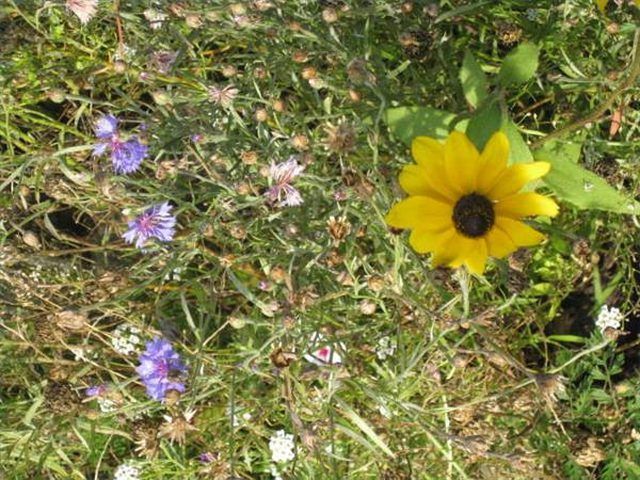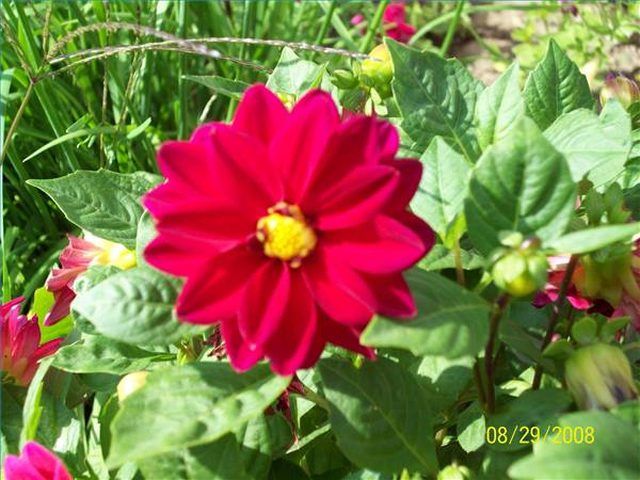Bulbs
Flower Basics
Flower Beds & Specialty Gardens
Flower Garden
Garden Furniture
Garden Gnomes
Garden Seeds
Garden Sheds
Garden Statues
Garden Tools & Supplies
Gardening Basics
Green & Organic
Groundcovers & Vines
Growing Annuals
Growing Basil
Growing Beans
Growing Berries
Growing Blueberries
Growing Cactus
Growing Corn
Growing Cotton
Growing Edibles
Growing Flowers
Growing Garlic
Growing Grapes
Growing Grass
Growing Herbs
Growing Jasmine
Growing Mint
Growing Mushrooms
Orchids
Growing Peanuts
Growing Perennials
Growing Plants
Growing Rosemary
Growing Roses
Growing Strawberries
Growing Sunflowers
Growing Thyme
Growing Tomatoes
Growing Tulips
Growing Vegetables
Herb Basics
Herb Garden
Indoor Growing
Landscaping Basics
Landscaping Patios
Landscaping Plants
Landscaping Shrubs
Landscaping Trees
Landscaping Walks & Pathways
Lawn Basics
Lawn Maintenance
Lawn Mowers
Lawn Ornaments
Lawn Planting
Lawn Tools
Outdoor Growing
Overall Landscape Planning
Pests, Weeds & Problems
Plant Basics
Rock Garden
Rose Garden
Shrubs
Soil
Specialty Gardens
Trees
Vegetable Garden
Yard Maintenance
What Happens When You Overwater a Plant?
What Happens When You Overwater a Plant?. The amount of water plants need depends on the climate, season, temperature, and soil as well as the size and origin of the plants. Often, less water is needed for plants than you would think, and you risk damaging plants if you overwater them, because if the roots are too saturated with water to take it in...

Symptoms of Overwatered Plants.
The amount of water plants need depends on the climate, season, temperature, and soil as well as the size and origin of the plants. Often, less water is needed for plants than you would think, and you risk damaging plants if you overwater them, because if the roots are too saturated with water to take it in and store it, the plant won't be able to breathe. As a result, the roots turn dark and soft as they begin to rot and the plant begins to die. Furthermore, leaves turn yellow and curl, wilt, or fall off, just as they do when a plant is underwatered. Stems also droop and become mushy, and mold can form on soil, stems or leaves.
Prevention
Moisture meters are sold at garden centers and nurseries for under $10. They measure the amount of moisture in the soil. If you choose not to purchase a moisture meter, you can tell if a plant has enough water by sticking a straw, pencil or even your finger in the soil. If the soil is damp, the plant doesn't need water. Checking the soil is the best way to avoid overwatering plants. Soil should be checked often and you should water only when the soil is dry. When you water the plant, water it slowly and make sure the water goes deep into the soil rather than pooling around the roots. It's best to water plants early in the morning so that the water doesn't evaporate too quickly.
Treatment for Overwatered Plants
Sometimes there's nothing you can do to save an overwatered plant. The best way to treat the plant is to remove it from the soil and wrap a paper towel around the roots. When the towel becomes saturated, remove it and wrap more around it. When the roots no longer soak the paper towel, replant in fresh soil and treat with a fungicide to prevent mold growth and disease. Fungus growth often occurs when plants are watered at night, so switch your watering time to early mornings so your plants don't have to be treated for disease.
